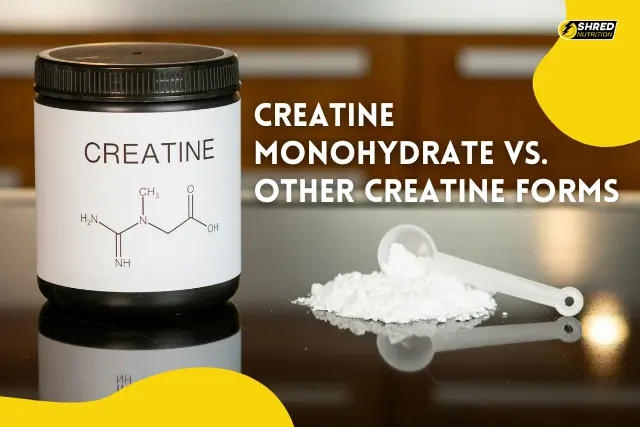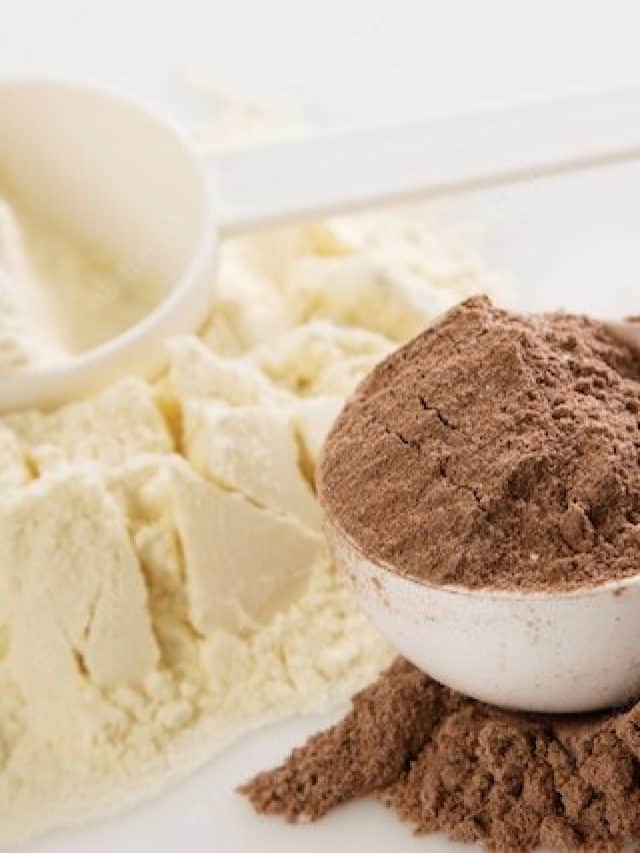
Creatine is one of the most researched and widely used supplements in the fitness world, known for its ability to boost athletic performance, enhance muscle mass, and improve strength. However, when choosing the right form of creatine, the variety can be overwhelming. Among the many options available, creatine monohydrate stands as the gold standard, but other forms include creatine hydrochloride (HCL), creatine ethyl ester, buffered creatine, and more. In this article, we’ll dive deep into the differences between creatine monohydrate and other popular forms to help you decide which is right.
What is Creatine?
Before comparing the different forms, it’s important to understand what creatine is. Creatine is a naturally occurring compound found in muscle cells that helps produce energy during high-intensity exercise. It is synthesized in the liver, kidneys, and pancreas, and can be obtained through dietary sources such as red meat and fish, or in the form of supplements.
How does creatine work?
- During intense physical activity, your body uses ATP (adenosine triphosphate) as a primary energy source.
- Creatine helps regenerate ATP by donating a phosphate group, allowing for sustained energy during short, high-intensity bursts like weightlifting or sprinting.
Creatine Monohydrate: The Gold Standard
Creatine monohydrate is the most studied form of creatine, consisting of creatine bound to a water molecule. It has been used for decades and has a proven track record of effectiveness.
Pros:
- Well-researched: Creatine monohydrate is backed by hundreds of studies confirming its effectiveness in increasing strength, muscle mass, and athletic performance.
- Affordable: Compared to other forms, creatine monohydrate is often the most cost-effective option.
- Effective: The vast majority of users experience significant benefits from creatine monohydrate without needing to explore other forms.
- Bioavailability: It has a high absorption rate, meaning that a large portion of the creatine ingested is absorbed by your muscles.
Cons:
- Water retention: Some users may experience slight water retention, which can lead to a temporary increase in weight.
- Gastrointestinal distress: In rare cases, some people may experience stomach discomfort or bloating, especially if taken in large doses.
Ideal for:
- Beginners or those looking for the most proven and cost-effective option.
- Individuals looking to increase strength, power, and muscle mass with minimal side effects.
Other Forms of Creatine
While creatine monohydrate is highly effective, several other forms of creatine have emerged, each with its unique characteristics.
a) Creatine Hydrochloride (Creatine HCL)
Creatine HCL is creatine bound to hydrochloric acid, designed to increase solubility and absorption in the body.
Pros:
- Better solubility: Creatine HCL is more soluble in water, which means it is absorbed more efficiently, potentially reducing the likelihood of gastrointestinal issues.
- Lower doses: Due to its improved absorption, smaller doses are often needed compared to creatine monohydrate.
Cons:
- Higher cost: Creatine HCL is typically more expensive than monohydrate.
- Less research: While it has gained popularity, it lacks the extensive body of research that supports creatine monohydrate.
Ideal for: Individuals prone to digestive issues with creatine monohydrate, or those seeking a more concentrated form with fewer grams per dose.
b) Creatine Ethyl Ester
This form of creatine is chemically modified with an ester, which is thought to improve absorption and bioavailability.
Pros:
- No loading phase: Some users report that creatine ethyl ester doesn’t require a loading phase (a period of high doses to saturate muscles with creatine).
- Less bloating: Many users experience less water retention and bloating compared to monohydrate.
Cons:
- Reduced effectiveness: Several studies suggest that creatine ethyl ester may actually be less effective than monohydrate due to rapid degradation in the body.
- Expensive: It is more expensive than creatine monohydrate and doesn’t provide superior results.
Ideal for: Individuals who want to avoid the loading phase or are particularly sensitive to bloating, though monohydrate may still be a better option overall.
c) Buffered Creatine (Kre-Alkalyn)
Buffered creatine has a higher pH level, making it more stable in the stomach and supposedly preventing its breakdown into creatinine (a waste product).
Pros:
- Less stomach discomfort: The higher pH may reduce stomach issues some users face with creatine monohydrate.
- No loading phase: Like creatine ethyl ester, this form is marketed as not requiring a loading phase.
Cons:
- Limited evidence: There’s limited scientific research to back up the claims of buffered creatine being superior to monohydrate.
- Higher cost: It is typically more expensive without offering significantly better results.
Ideal for: Users who experience discomfort with creatine monohydrate and are willing to pay extra for a potentially more stomach-friendly version.
d) Micronized Creatine
This is essentially creatine monohydrate that has been processed into smaller particles for better solubility.
Pros:
- Better solubility: The smaller particles dissolve more easily in water, making it more convenient to mix.
- Same benefits as monohydrate: Since it is a form of monohydrate, it shares the same well-researched benefits.
Cons:
- Slightly higher cost: Micronized creatine can be more expensive than regular monohydrate.
Ideal for: Those who want all the benefits of creatine monohydrate with improved solubility for easier consumption.
Which Creatine Form is Right for You?
The choice between creatine monohydrate and other forms largely depends on your personal preferences, budget, and how your body responds to each form. Here’s a quick guide to help you decide:
- If you’re new to creatine: Start with creatine monohydrate. It’s cost-effective, well-researched, and works for the vast majority of users.
- If you experience bloating or stomach discomfort: Try creatine HCL or buffered creatine (Kre-Alkalyn), as they may be gentler on the digestive system.
- If you want convenience and easy mixing: Micronized creatine monohydrate offers all the benefits of monohydrate with better solubility.
- If you’re sensitive to water retention: Consider creatine HCL or ethyl ester, which may cause less water retention.
Conclusion
Creatine monohydrate remains the go-to option for most athletes and fitness enthusiasts due to its extensive research, proven effectiveness, and affordability. However, other forms like creatine HCL and micronized creatine offer alternatives for those looking for specific benefits like improved solubility or reduced bloating. Ultimately, the best form of creatine is the one that suits your body’s needs and aligns with your fitness goals.
No matter which form you choose, creatine is a powerful tool to help you increase strength, enhance endurance, and build muscle, making it a staple in many workout routines.










